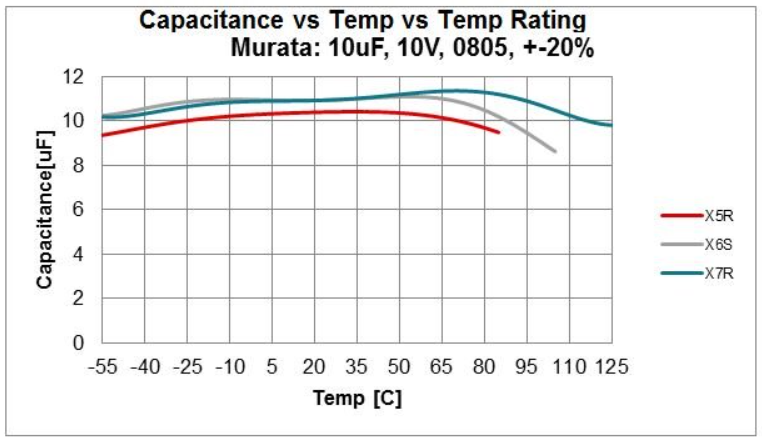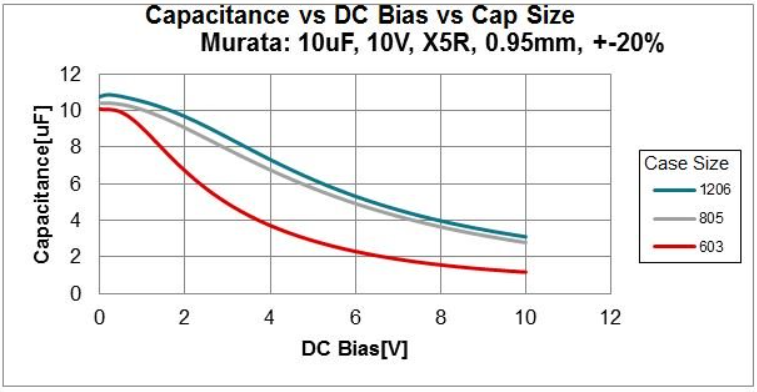SLUAAK3 January 2024 UCC256402
- 1
- Abstract
- Trademarks
- 1Introduction
- 2UCC25640X HS Pin Has Wide dv/dt Sensing Range
- 3UCC256402/4 Eliminating the Need for the Auxpower
- 4UCC25640X has Higher Vcc Startup Voltage to Support Lower Vcc Capacitance
- 5UCC25640X has Programmable Burst Mode Threshold
- 6UCC256402A Supports Input OVP to Protect PSU if Grid Voltage is Unstable
- 7UCC25640X has Diversity Version for Each Application
- 8Summary
- 9References
4 UCC25640X has Higher Vcc Startup Voltage to Support Lower Vcc Capacitance
Same as previous section that mentioned the Vcc voltage is charged up to Vccstartself threshold (26 V) and then JFET turn off to let Vcc voltage dropped till VCCReStartJfet (9.65 V). If PFC boosts the Vbus voltage to let BLK pin above the BLK start threshold, the PWM can start switching then Auxwinding voltage charge the Vcc so larger Vcc hysister window is helpful to reduce the Vcc capacitance.
This benefit is more significant at LED lighting PSU application because the LED needs to operate at -40℃ to approximately +90℃ ambient temperature without the air flow for thermal dissipation so the Vcc equivalent capacitance can be dropped by low and high ambient temperature as Figure 4-1 showing.
The capacitor bias voltage can also influence the capacitance as Figure 4-2 showing because the LED lighting PSU also needs to support two times output voltage range and the Vcc voltage is up to two times too so the Vcc equivalent capacitance can be dropped during the high output voltage condition.
 Figure 4-1 Capacitance Versus
Temperature
Figure 4-1 Capacitance Versus
Temperature Figure 4-2 Capacitance Versus DC
Bias
Figure 4-2 Capacitance Versus DC
Bias